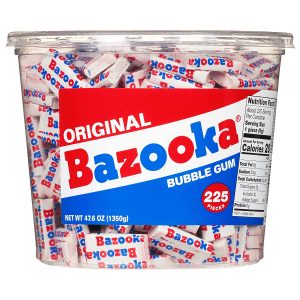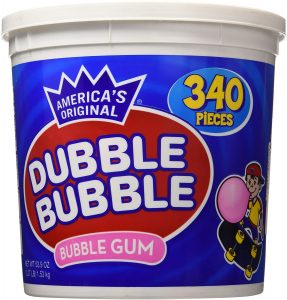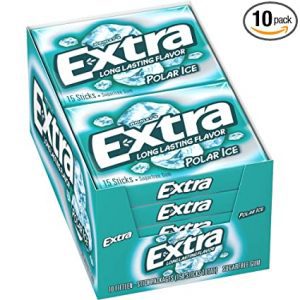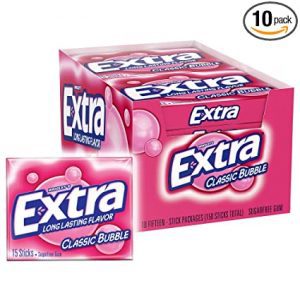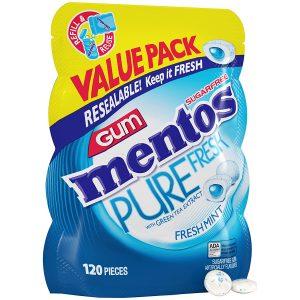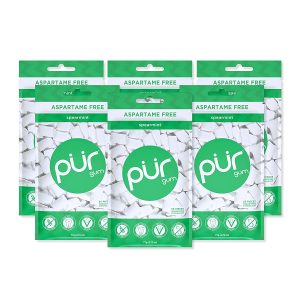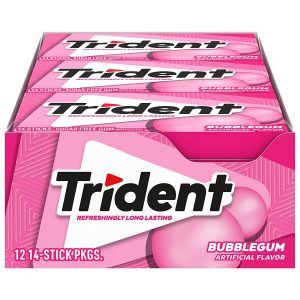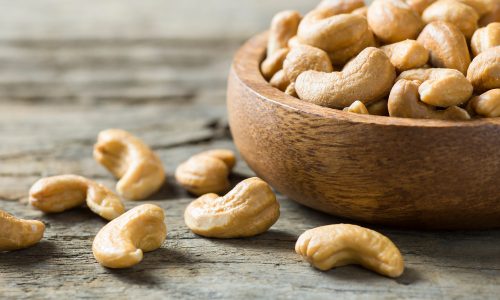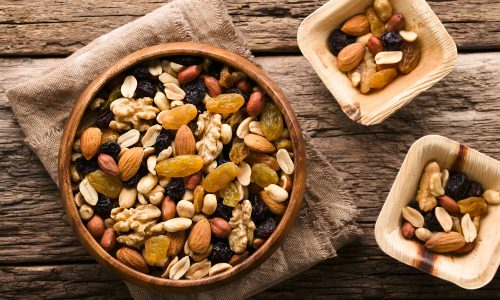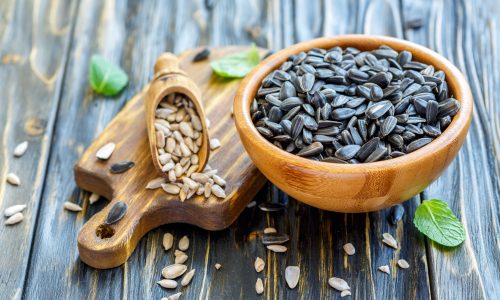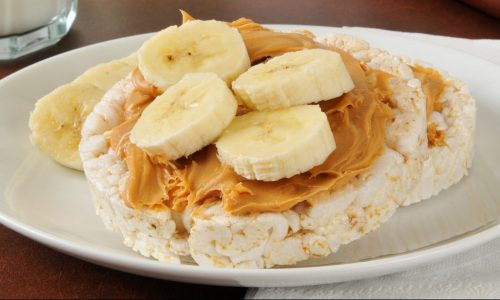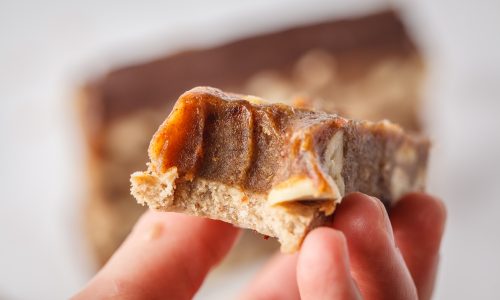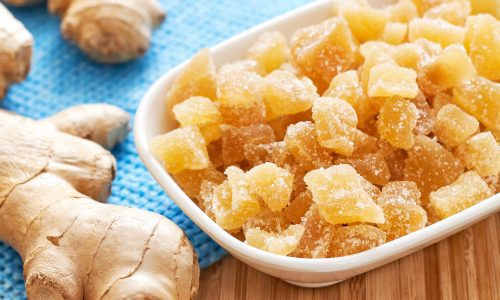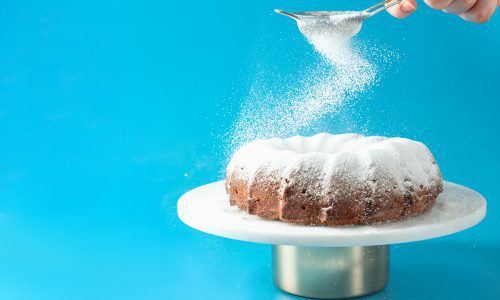The Best Chewing & Bubble Gum

Our Review Process
Don't Waste Your Money is focused on helping you make the best purchasing decision. Our team of experts spends hundreds of hours analyzing, testing, and researching products so you don't have to. Learn more.
Our Picks For The Top Chewing & Bubble Gums
- 1. Bazooka Festive Vintage Chewing & Bubble Gum, 225-Pack
- 2. Dubble Bubble Twist Wrapped Chewing & Bubble Gum, 340-Pack
- 3. Extra Polar Ice Mint Bulk Chewing & Bubble Gum, 150-Pack
- 4. Wrigley’s Extra Long-Lasting Flavor Chewing & Bubble Gum, 150-Pack
- 5. Mentos Pure Fresh Green Tea Extract Chewing & Bubble Gum, 120-Pack
- 6. PUR Peanut Free Diabetic-Friendly Chewing & Bubble Gum, 55-Pack
- 7. Trident Refreshing On-The-Go Chewing & Bubble Gum, 168-Pack
Classic is the best word to describe this chewing & bubble gum set. It includes a total of 225 pieces, making it a top choice for goodie bags, pinatas and Christmas stockings. Each individually-wrapped piece of gum also contains a cute comic for your amusement.
Cute Comics IncludedThis chewing & bubble gum is shelf stable and will last a long time.
With 340 pieces of chewing & bubble gum in this set, you'll pay the least per piece. It's an excellent option for big families, classrooms and offices that enjoy setting out a treat for their young visitors. As an added bonus, you can reuse the plastic tub for storing craft supplies, homemade cookies or pet treats.
Stock Up and SaveAll of the pieces of chewing & bubble gum in this set are individually wrapped.
You’ll get refreshing mint flavor from this set of 15-stick packs of chewing & bubble gum. Sweetened with sorbitol and aspartame, this popular brand provides long-lasting flavor for a satisfying chew. This set of multiple packs is perfect for stocking up.
Plenty to ShareYou’ll always have a pack of gum on hand — with plenty left for sharing — if you get this set of 15-stick packs.
Never run out of gum with this chewing & bubble gum option that packs plenty of flavor. You’ll get up to 10 packs, each with 15 sticks. You can enjoy classic flavors like bubble gum, but in a sugar-free form that's a healthier, cavity-reducing alternative to the original.
Throwback OptionIf you prefer classic flavors, this sugar-free option improves on the originals.
Buying Guide
Chewing gum is more than an after-meal breath freshener. Regularly chewing gum can help reduce cavities and curb between-meal snacking. In fact, the American Dental Association’s Council on Scientific Affairs found that chewing some brands of sugarless gum for 20 minutes after meals stimulates saliva flow, washing away some plaque acids that can lead to tooth decay.
But the right type of chewing gum is essential to this benefit. Your gum needs to be sugar-free to avoid negating any cavity-fighting benefits you might get. You’ll also need to combine your new chewing routine with good daily oral hygiene, including brushing and flossing regularly.
Sugar-free gum does come with some downsides. Many sugar-free gum brands use artificial sweeteners like aspartame to replace sugar. If you’re trying to reduce these ingredients in your diet, you might not find what you want from sugar-free gum. However, some options are now made from natural sweeteners like xylitol, extracted from birch wood. Other gums will include sorbitol, which is a sugar alcohol that has one-third fewer calories than sugar.
Xylitol and sorbitol can sometimes be used in combination with artificial sweeteners, so check the ingredients list carefully. While these ingredients may reduce the amount of aspartame in your chewing gum, it could still be present.
The biggest issue with chewing gum is consistency. Some gum starts out soft and delicious but quickly hardens and loses flavor. As your jaw starts to get sore and the gum becomes blander, you may wish to spit it out before you’ve gotten maximum dental benefits. Finding a gum that both holds its taste and stays soft is the real challenge.
Packaging plays a role in how long your gum lasts. If you’re buying in bulk, make sure the separate packages of gum are sealed to stay fresh until you get to them. Some larger selections come in resealable bags to keep the gum inside fresh, although this can reduce portability.
What to Look For
- Mint is a popular flavor for gum for a reason. It can freshen your breath after each meal. But the classic sweet bubble gum flavor (generally a mix of artificial cherry, banana and cherry) is still available from multiple brands. You can also find gum sweetened in fruity flavors like strawberry and orange, and more flavors are being tried each year, from mint chocolate to sour versions.
- Gum also comes in different formats; the most popular ones include tablets, coated pellets, and sticks. Cubes or chunks are usually reserved for bubble gums (think Bazooka). Coated pellets allow for multiple flavor combinations in different layers.
- Gum has evolved in its manufacturing over the years. Today, gum is created synthetically from petrochemicals. Basically, today’s gum isn’t all that different from plastic and rubber. But manufacturers have made efforts over the years to create the right flavor and texture while eliminating the sugar that was so prevalent in earlier versions.
- Keep in mind that if you’re spotted chewing gum, you might be asked to share. You may wish to keep enough with you that you’ll always have plenty to spare.
- Gum has a long shelf life, which is good news if you don’t chew frequently. Still, it will stay fresher if you keep it sealed until you chew.
- If you have special dietary needs, you can find gum to match. There are options that are vegan-friendly and ones that are free of nut and soy ingredients.
- Some chewing gums contain gluten, so those on a gluten-restricted diet will want to shop carefully.
- If you carry your gum around with you, consider carefully where you’ll store it. Some gum packages are easier to slip into a handbag or laptop bag pocket than others.
- Disposing of chewing gum can be difficult at times. The easiest way is to place your used gum in its original wrapper, then find a waste bin to toss it into. Never toss it on the ground. Not only could someone step in it, but it’s also bad for the environment, as gum doesn’t biodegrade. Gum can enter oceans and other sensitive ecosystems as it breaks down into microplastic debris.
- Gum that’s been discarded by littering may harm some animals — and ultimately, humans. For example, it can be eaten by wild creatures such as fish. Inside those fish, the gum accumulates toxins that may get reintroduced into the food chain. Also, easily-swallowed items containing the sugar substitute xylitol are dangerous for dogs and other pets.
More to Explore
Gum-chewing has been around for at least 9,000 years, when northern Europeans chewed birch bark tar. It’s believed that gum-chewing in that era was not just recreational. Some think it might have been used for medicinal purposes.
Ancient Mayans are believed to have chewed chicle, which comes from the sapodilla tree, to quench thirst and hunger. The Aztecs also chewed chicle and followed social norms about its acceptability; only children and single women could chew chicle in public, while married women, widows and men had to chew it in private.
In North America, spruce tree resin was the gum of choice for indigenous people and the European settlers who colonized the area, but it didn’t work all that well. A New York inventor named Thomas Adams found out about chicle through exiled Mexican president Antonio Lopez de Santa Anna and started selling chewing gum across the country in the 1880s. As chewing gum became more popular in the U.S., imported chicle remained the main ingredient until the mid-1900s, when it was replaced by synthetic ingredients due to a chicle shortage in World War II.

